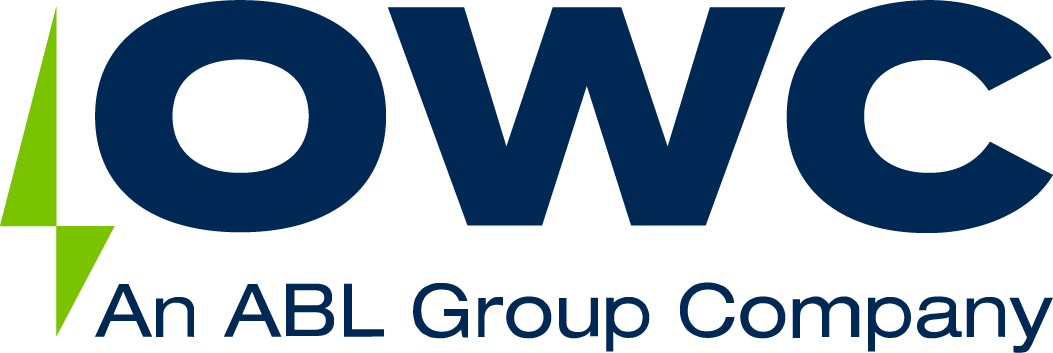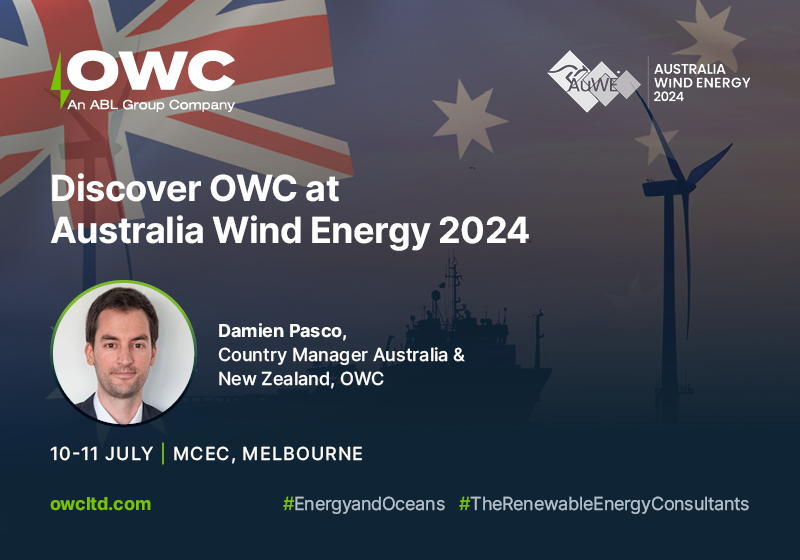Navigating the Turbulent Waters of Bass Strait for Offshore Wind Construction
The Impact of Weather Conditions in Bass Strait on Offshore Wind Construction Vessels
Introduction: The Challenge of Offshore Wind Expansion
As the global push for renewable energy intensifies, offshore wind development is extending into new and challenging geographies. Australia, with its vast coastline, is poised to become a significant player in the offshore wind sector. However, the success of these projects hinges on thorough marine planning and a deep understanding of local site conditions.
Will Philbedge, Transportation and Installation Lead at OWC, provides insights on the impact of weather conditions in Australia in our latest commentary.
This first part of our two-part series explores the impact of weather conditions in Bass Strait, East Australia, on the operability of offshore wind construction vessels.
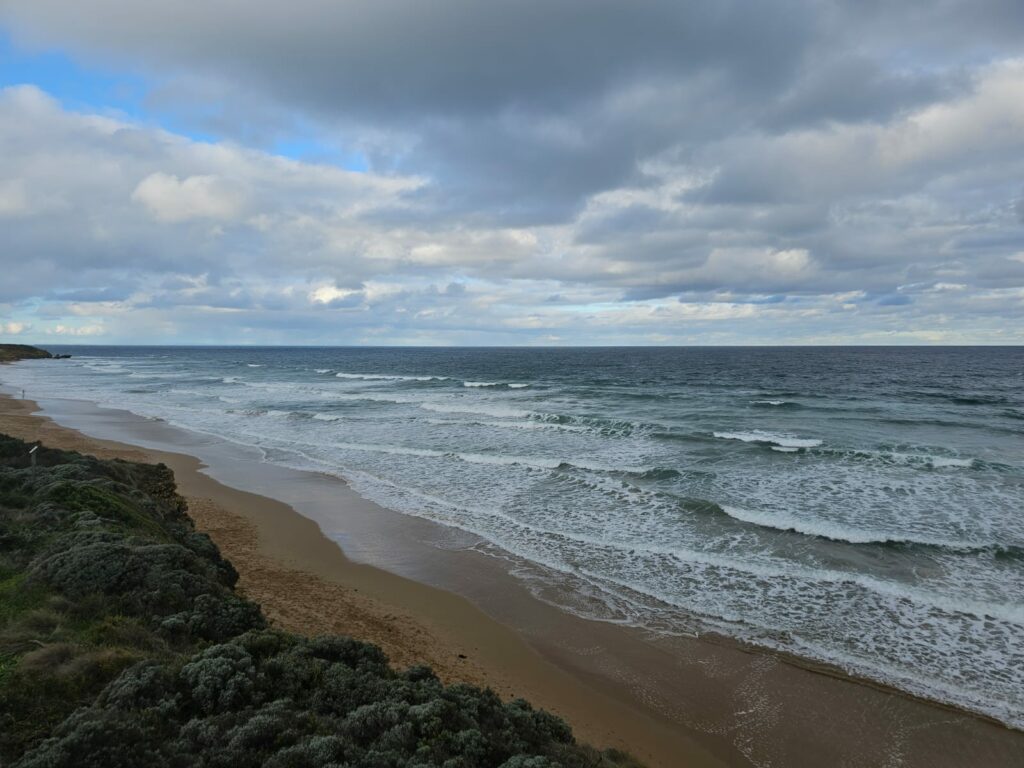
Environmental Limitations: Wind, Waves, and Currents
Offshore construction is inherently complex, with weather conditions playing a critical role in determining project feasibility and timelines. The Bass Strait, located between Victoria and Tasmania, is known for its volatile weather. Wind speed, wave height, and current speed are crucial factors that influence the operability of offshore wind construction vessels. For instance, the ability of a vessel’s station-keeping system to maintain position during adverse weather is vital. This involves considering the maximum environmental loading a vessel can handle in the event of a worst-case scenario, such as a single thruster failure while in dynamic positioning mode.
Vessel motions, including heave, roll, and pitch, are significantly affected by wave periods and directions. The natural frequency of these motions can lead to resonance, where the vessel’s movements become exaggerated. This phenomenon is critical when assessing the suitability of a vessel for a specific offshore site.
Wave Period and Vessel Motions: Understanding Resonance
The wave period and direction relative to a vessel have profound implications for its stability and operability. Vessels have natural frequencies in different degrees of freedom, and resonance can occur when incoming wave periods match these natural frequencies. This can lead to significant motion amplifications, impacting operations such as lifting and lowering heavy components.
Response Amplitude Operators (RAOs) are used to study vessel motions and are essential tools for investigating vessel suitability. For example, a semi-submersible heavy lift vessel will have different RAOs compared to a monohull installation vessel. Understanding these differences is crucial when planning offshore wind projects in diverse environments like the Bass Strait.
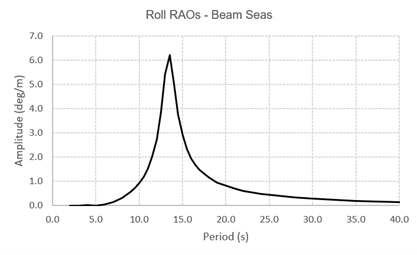
Figure 1: Roll RAOs of a monohull installation vessel in beam seas
Metocean Condition Comparison: Bass Strait vs. North Sea
Comparing the metocean conditions of the Bass Strait to those of the North Sea highlights the unique challenges faced in Australian waters. While the North Sea is relatively sheltered by the UK mainland, the Bass Strait is exposed to the full force of the Southern Ocean. This results in larger and more frequent waves, with significant wave heights often exceeding those in the North Sea.
For instance, the Bass Strait frequently experiences significant wave heights ranging from 1.5 to 4 meters with wave periods of 10 to 15 seconds. These longer-period waves lead to larger vessel motions, posing greater challenges for offshore construction activities. In contrast, the North Sea’s wave heights typically range from 0.5 to 3 meters with shorter wave periods of 3 to 8 seconds.
Analysis provided by Anantha Kidambi, Senior Metocean Consultant, OWC
Duration: 23 years
| Lat (°) | Lon (°) | |
| Bass Strait | 146.741 | -40.747 |
| Europe North Sea | 6.096 | 54.340 |
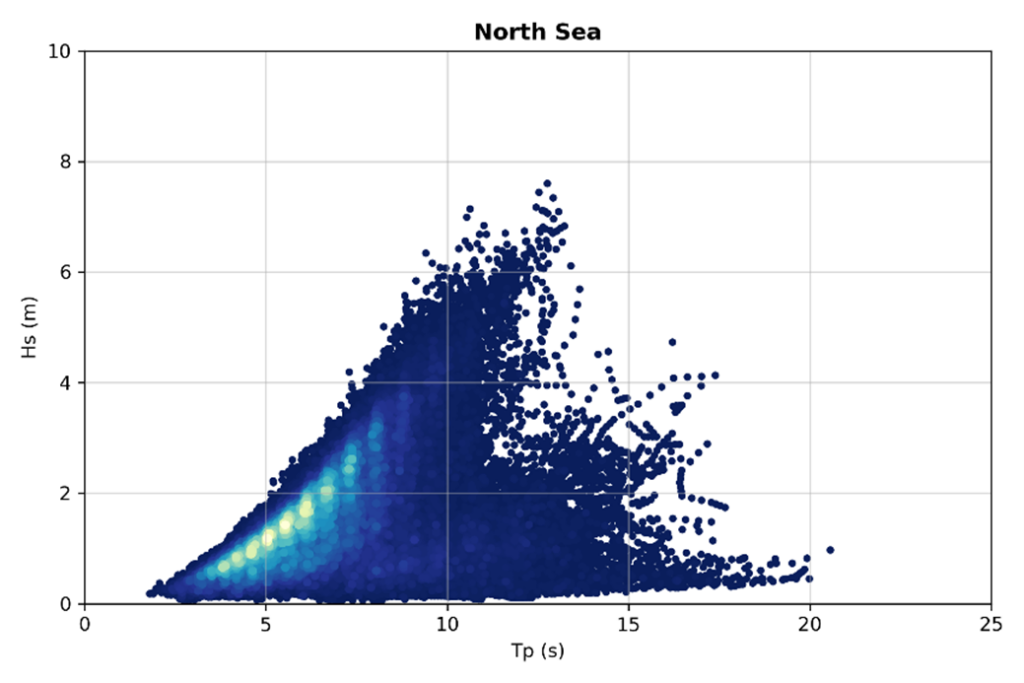
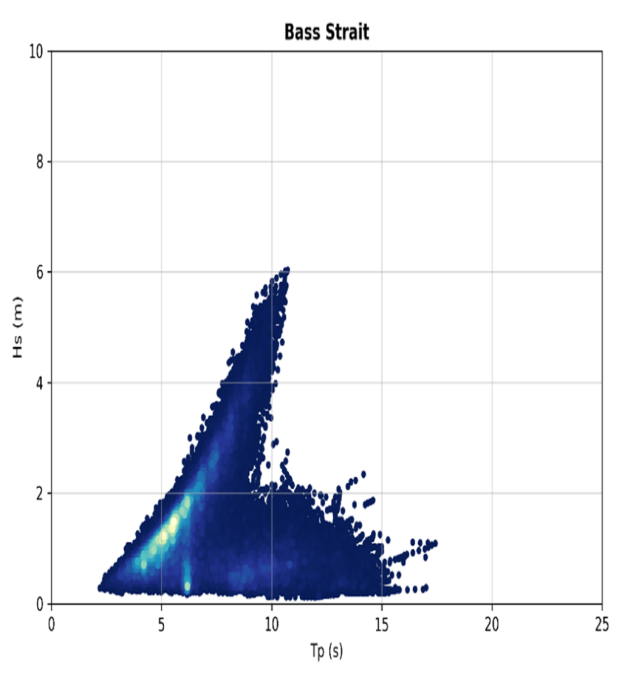
Weather Downtime and Operability: Planning for Success
OWC has conducted extensive weather downtime reviews for offshore wind projects, including typical wind turbine installation sequences. These studies reveal significant differences in month-to-month operability between regions. The Bass Strait shows better overall operability compared to other Australian locations, with annual average operability around 69%. This compares favourably to the North Sea, despite seasonal variations.
For offshore wind projects in the Bass Strait, understanding and planning for these weather conditions is crucial. Innovative technical solutions may be required to mitigate the risks associated with low operability periods, ensuring project timelines and budgets are maintained.
North Sea
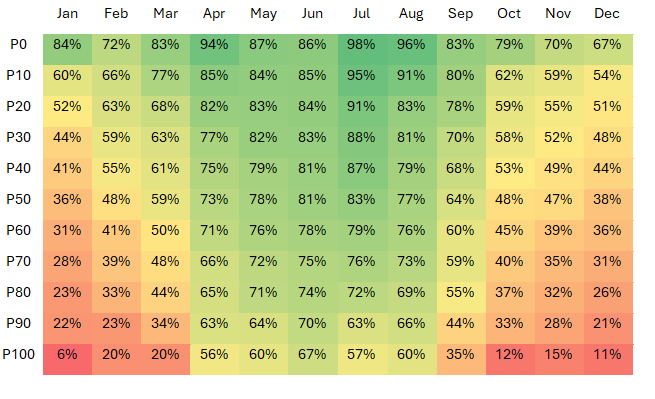
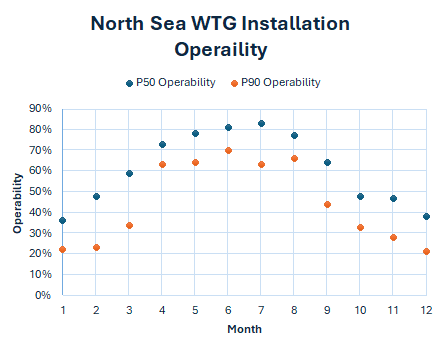
Bass Strait
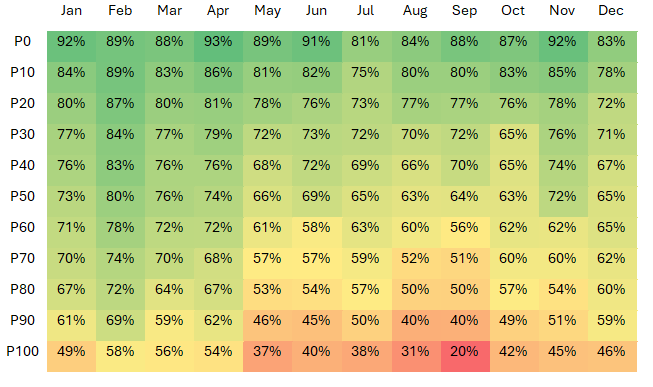
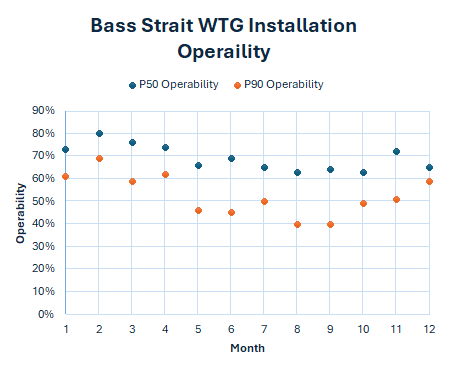
Meet OWC at Australia Wind Energy 2024
OWC is excited to share its insights and expertise at the upcoming Australia Wind Energy 2024 Conference. Damien Pasco, Country Manager for OWC Australia and New Zealand, will be present to discuss how OWC can support your offshore wind projects. With extensive experience in technical due diligence, auction support, and owner’s engineering, OWC is well-equipped to help navigate the challenges of offshore wind development in Australia.
Join us at the Melbourne Convention and Exhibition Centre from July 10-11, 2024, to learn more about how OWC can enhance the success of your offshore wind projects. Book a meeting with Damien Pasco to explore tailored solutions for your energy initiatives.

Will Philbedge
Transportation and Installation Lead, OWC
